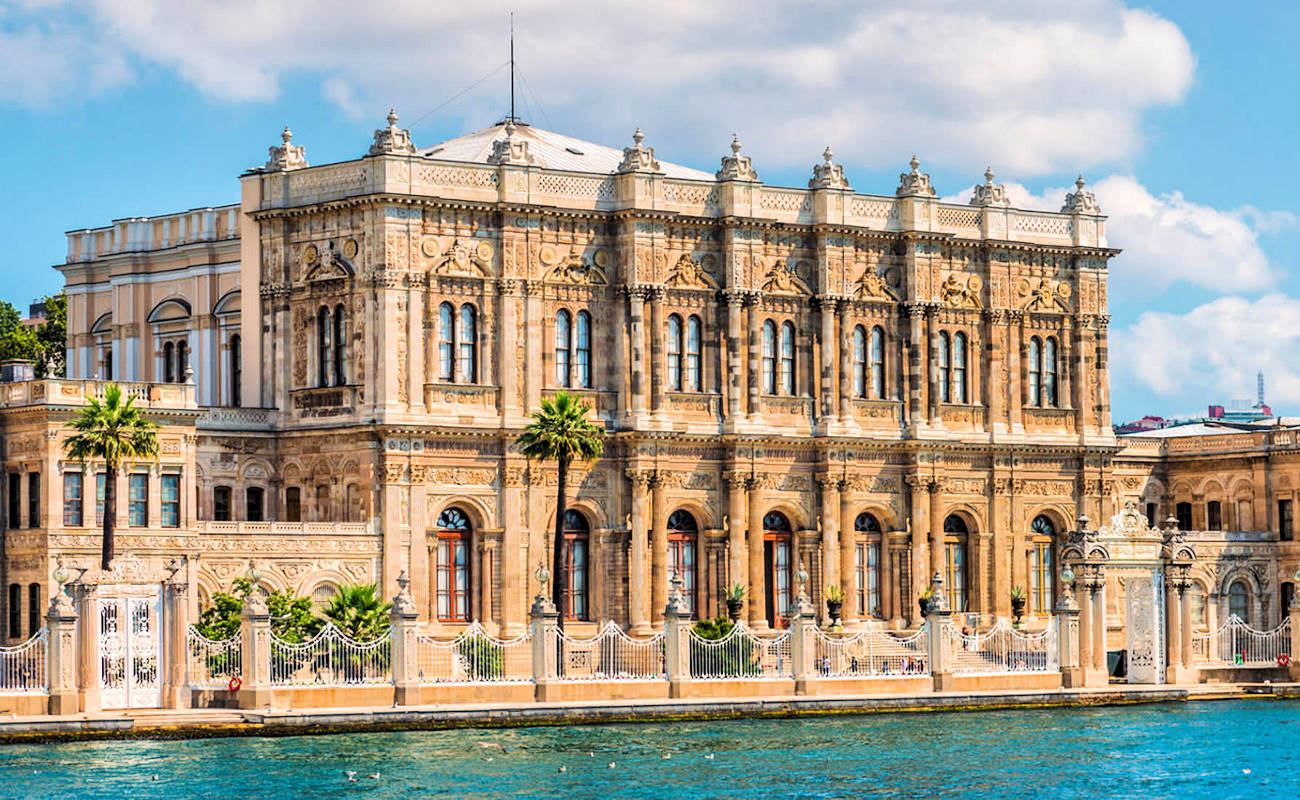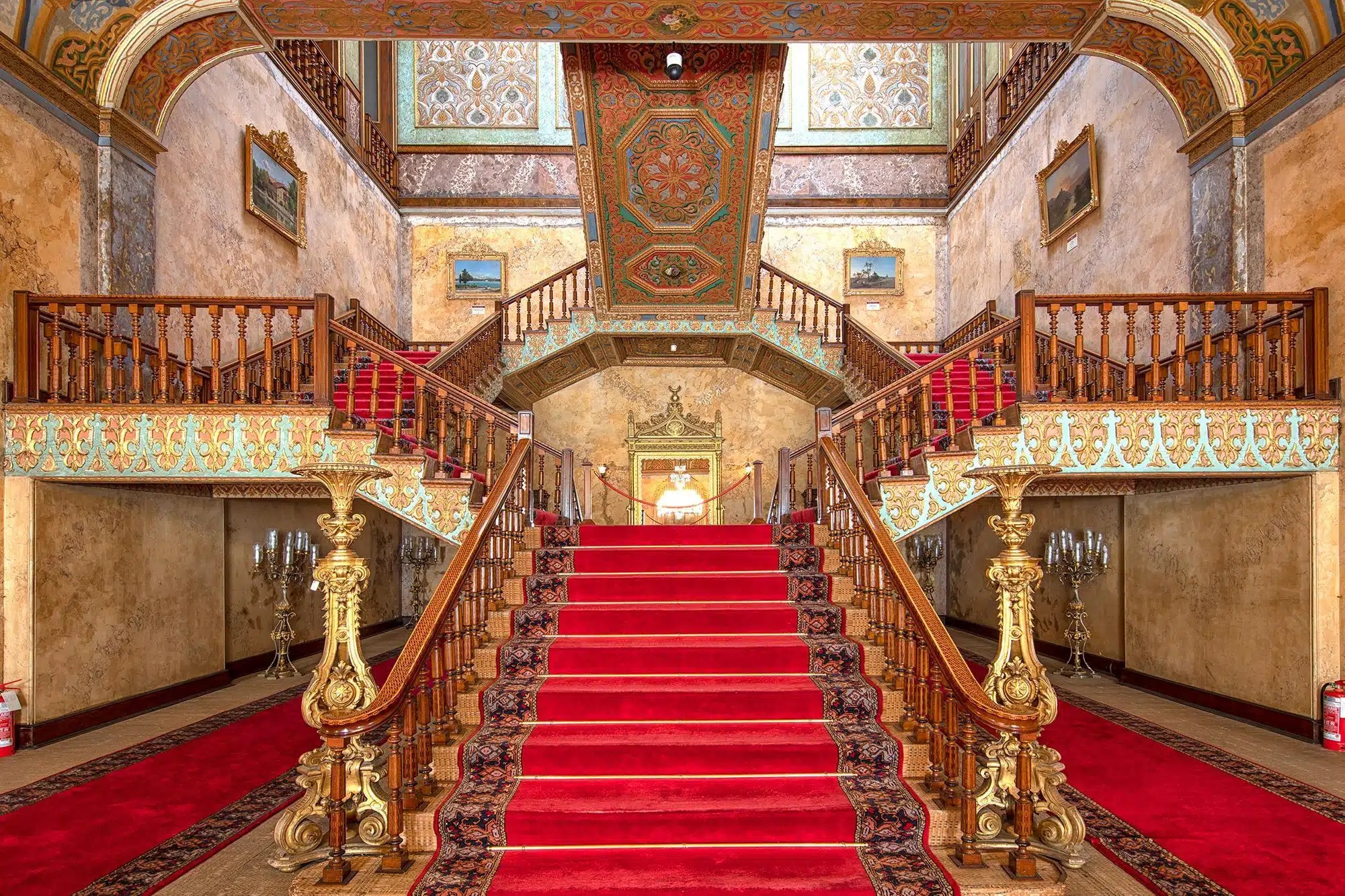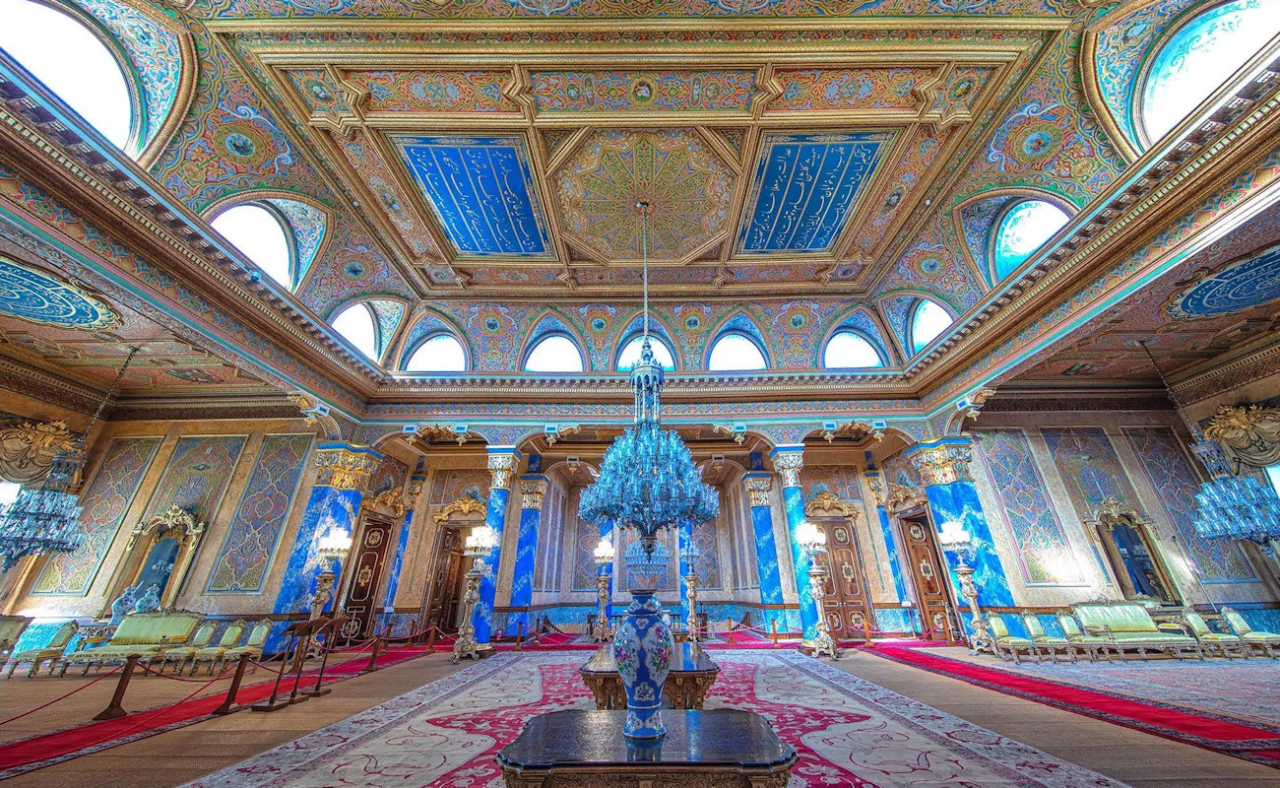
Beylerbeyi Palace
The Beylerbeyi Palace (Turkish: Beylerbeyi Sarayı) is an imperial Ottoman summer residence located in the Beylerbeyi neighbourhood of Üsküdar district, Istanbul, on the Asian side of the Bosphorus. The name translates as “the palace of the bey of beys.” Built between 1861 and 1865, it now sits immediately north of the first Bosphorus Bridge. Notably, it served as the final place of Sultan Abdulhamid II’s house arrest before his death in 1918.
History
Beylerbeyi Palace was constructed under the orders of Sultan Abdülaziz (1830–1876) with the purpose of serving as a summer residence, and as a destination to host state leaders. During her voyage to the opening of the Suez Canal in 1869, Empress Eugénie of France graced Beylerbeyi with her visit and was deeply impressed by the palace’s elegance. She was particularly drawn to the window located in the guest room and even had a replica created for her bedroom in Tuileries Palace, Paris. Naser al-Din Shah Qajar of Iran resided at the palace during his visit to Istanbul while returning from Exposition Universelle (1889) in France. The palace also played host to the Duke and Duchess of Windsor
and served as the final place of confinement for the deposed Sultan Abdulhamid II from 1912 until his death in 1918.

Description
Designed by Sarkis Balyan in the Second Empire style, the Beylerbeyi Palace presents a comparatively modest appearance in contrast to the earlier Dolmabahce or Küçüksu palaces.
Its most alluring facet becomes apparent from the Bosphorus, revealing its two bathing pavilions – one for women in the harem and the other for men in the selamlik. A notable highlight is its reception hall that features a fountain and pool. Running water was a popular feature of Ottoman houses due to its pleasant sound and cooling effect in hot weather.
Egyptian reed matting is utilized as a means of insulation on the floor. The chandeliers are predominantly from French Baccarat, and the carpets originate from Hereke.

